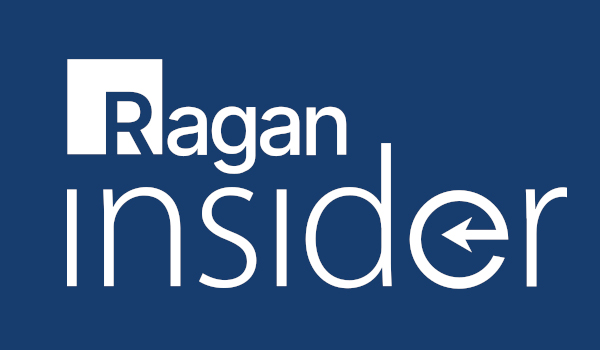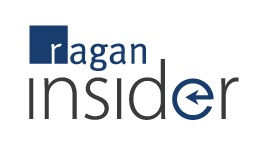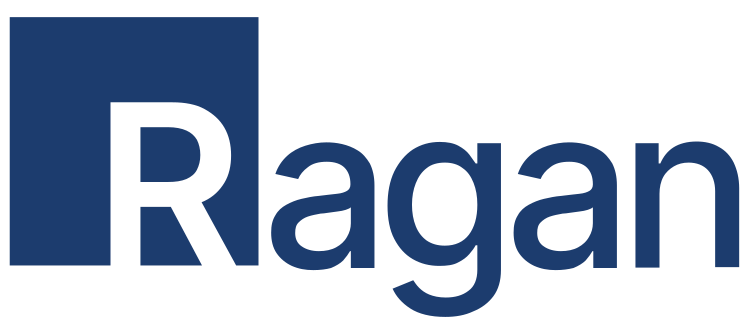How technology engages a multigenerational workforce
Make employees of every age feel valued and treated fairly through smarter recruiting, performance management and flexible scheduling.

While the exact definition of each generation may vary slightly, any office or workplace today could include members from the traditionalists (born 1927-1945), baby boomers (1946-1964), Generation X (1965-1980), millennials/Generation Y (1981-1996) and Generation Z (those born in 1997 or later).
While most would agree that generalizations like generational buckets are helpful only to a point, multigenerational workforces challenge employers to meet a broad range of needs and expectations. Making the matter more complicated: Typical full-time and part-time positions are now being augmented with gig economy roles such as freelance, contract and temporary employment options.
When you pair this complex and diverse workforce with the growing competition to attract and retain top talent, it’s easy to see why culture and work environment have become a key focus for employers looking to gain a strategic advantage.
The price of a disengaged workforce
Become a Ragan Insider member to read this article and all other archived content.
Sign up today
Already a member? Log in here.
Learn more about Ragan Insider.


